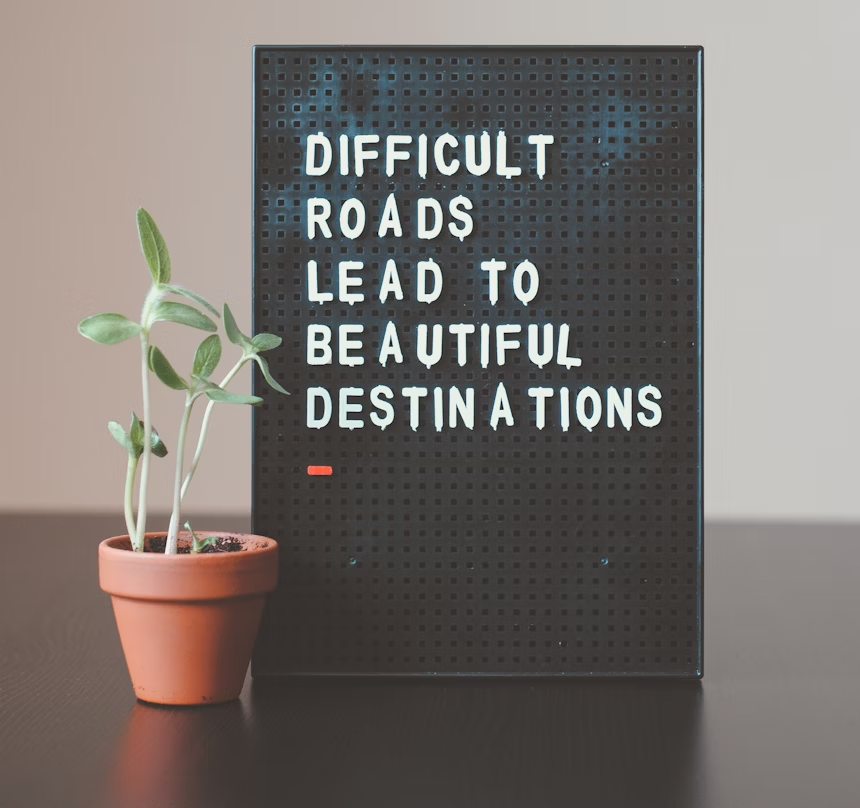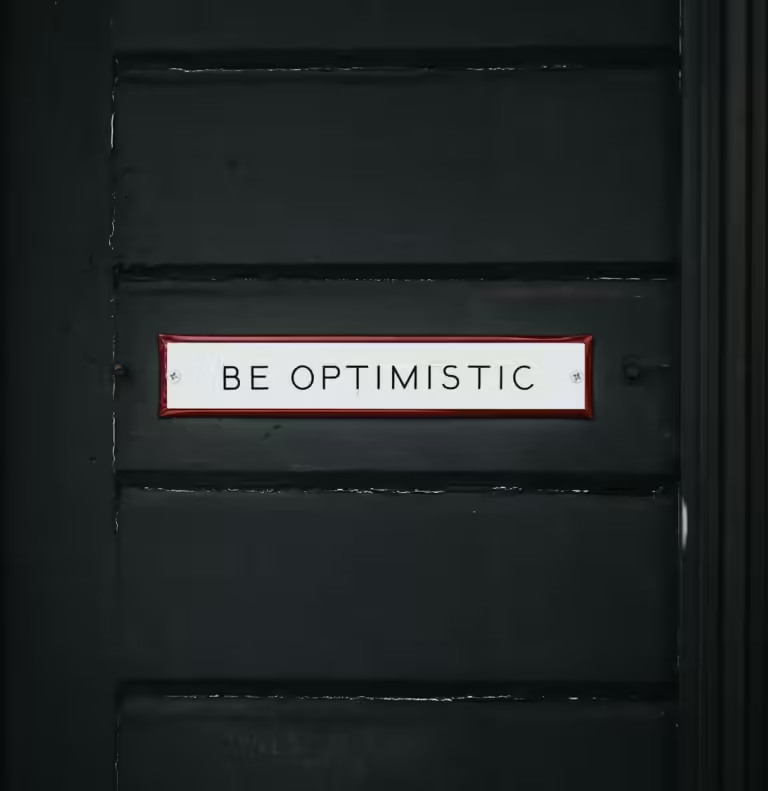Stoicism and Minimalism: Simplifying Life for Greater Peace
In an age of constant noise and endless material pursuit, the philosophies of Stoicism and minimalism offer a refreshing path towards simplicity and inner peace. Both philosophies emphasize the importance of focusing on what truly matters, removing excess, and cultivating a life of purpose and tranquility. By integrating Stoic principles with minimalistic practices, we can achieve greater clarity, peace, and fulfillment.
The Intersection of Stoicism and Minimalism
Stoicism and minimalism share common values that can help us simplify our lives:

1. Focus on Essentials:
Both philosophies advocate for concentrating on what is essential and letting go of what is not. This principle helps us declutter our minds and environments, reducing stress and enhancing our well-being.
2. Embrace Voluntary Discomfort:
Stoics practice voluntary discomfort to build resilience and appreciate what they have. Minimalists often challenge themselves to live with less, fostering gratitude and contentment.
3. Value Inner Wealth Over Outer Wealth:
Stoicism teaches that true wealth comes from within—virtue, wisdom, and inner peace. Minimalism echoes this by emphasizing that happiness is not found in material possessions but in meaningful experiences and relationships.
Key Stoic Principles to Support a Minimalist Lifestyle:
1. The Dichotomy of Control
Central to Stoicism is the dichotomy of control: understanding what we can control and what we cannot. By focusing on our thoughts, actions, and attitudes, and accepting what is beyond our control, we can reduce unnecessary stress and live more intentionally.
Practice: Identify aspects of your life that are within your control and those that are not. Focus on decluttering areas where you have control, such as your living space, schedule, and mental habits.
2. Living According to Nature
Stoicism encourages us to live in harmony with nature, which involves simplicity and moderation. This principle aligns with minimalism’s focus on living with less and appreciating the natural world.
Practice: Simplify your surroundings by reducing excess possessions. Create a living environment that reflects the natural order—clean, organized, and uncluttered.
3. Amor Fati (Love of Fate)
Amor fati, or “love of fate,” is about embracing everything that happens, including difficulties and limitations. This acceptance can help us appreciate the simplicity in life and find contentment with what we have.
Practice: Practice gratitude for your current possessions and circumstances. Embrace limitations as opportunities to simplify and focus on what truly matters.
4. Virtue as the Highest Good
Stoics believe that virtue—characterized by wisdom, courage, justice, and temperance—is the highest good. Minimalism supports this by stripping away distractions that can lead us away from virtuous living.
Practice: Align your lifestyle choices with your values. Simplify your life to focus more on developing virtues and less on acquiring material goods.
Practical Steps to Integrate Stoicism and Minimalism
1. Declutter Your Space
Start by decluttering your physical environment. Remove items that do not serve a purpose or bring joy. Create a space that is functional and peaceful.
Practice: Dedicate time each week to decluttering different areas of your home. Consider adopting a “one in, one out” policy to prevent accumulation of unnecessary items.
2. Simplify Your Schedule
Evaluate your commitments and eliminate activities that do not align with your values or contribute to your well-being. Focus on what is truly important.
Practice: Prioritize your time by identifying your core values and aligning your schedule accordingly. Learn to say no to commitments that do not serve your goals.
3. Mindful Consumption
Be mindful of what you bring into your life, whether it’s physical items, information, or relationships. Choose quality over quantity and seek meaningful experiences over material possessions.
Practice: Before making a purchase, ask yourself if it adds value to your life. Apply the same principle to the information you consume and the relationships you nurture.
4. Daily Reflection
Incorporate daily reflection to assess your progress and make adjustments. Reflect on your actions, thoughts, and environment to ensure they align with your minimalist and Stoic values.
Practice: Spend a few minutes each day journaling about your experiences, challenges, and successes in living a simpler, more intentional life. Use this time to reinforce your commitment to Stoicism and minimalism.
5. Embrace Voluntary Discomfort
Challenge yourself to live with less and appreciate what you have. This practice builds resilience and shifts your focus from external possessions to internal wealth.
Practice: Periodically engage in activities that involve voluntary discomfort, such as fasting, taking cold showers, or digital detoxes. Reflect on how these experiences enhance your appreciation for simplicity.
Conclusion
By integrating Stoicism and minimalism, we can create a life that is not only simpler but also richer in purpose and peace. Both philosophies teach us to focus on what truly matters, embrace challenges, and find contentment within. Simplifying our lives through these principles allows us to cultivate inner peace, resilience, and a deeper appreciation for the present moment.
—
Share your experiences and insights in the comments below. How have Stoicism and minimalism impacted your life? What steps have you taken to simplify and find greater peace? Let’s support each other on this journey toward a more intentional and serene life.



